We knew we were back in Florida when…
…our arriving flight suddenly entered a thunderstorm and, due to wind shear had to abort a landing just short of touchdown. To boot, its second attempt was thwarted on final approach, when the runways switched directions.
…our first chore at home was to open the hurricane shutters and put out BBQ and deck furniture.
…I found this Cuban Treefrog hiding behind the shutters:
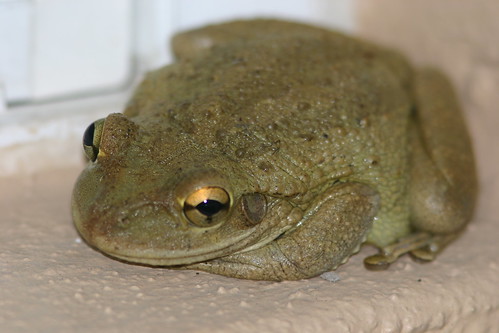
…a Tricolored Heron foraged along the newly-submerged edge of our lawn:
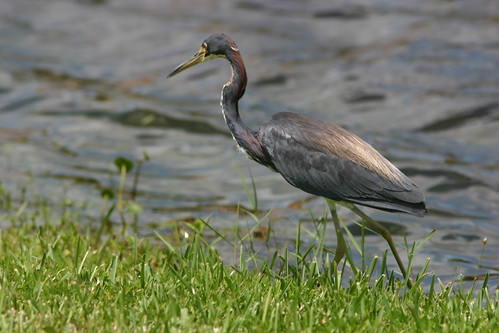
…these nine ducklings greeted us (hatched out on May 16th, all survived and stayed together– the two in foreground are adults):

…we saw this a wild sky at sunset (unedited photo):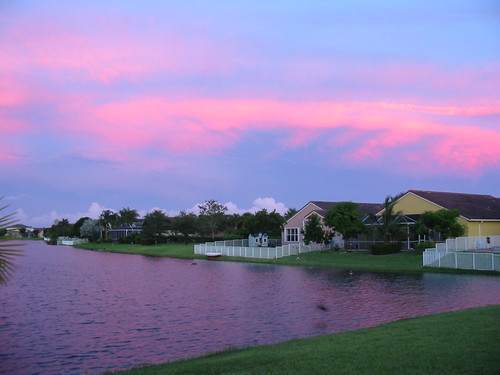
Squalls from Hurricane Gustav’s feeder bands awakened us this morning. Tropical Storm Fay had already dumped more than a foot of rain during the past week, and our lake level rose three feet, about as high as we have ever seen.
These White Ibises crowded against a neighbor’s fence to avoid getting their feet too wet as they patrolled the lake’s margin: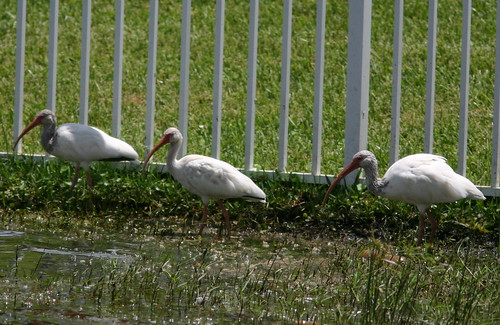
According to the U of Florida Extension Web Site, the “largest treefrog in North America is the Cuban treefrog (1.5 to 5 inches in body length), however it is not native to North America. This species was introduced to southern Florida from the Caribbean and has continued to spread in Florida. Cuban treefrogs have been documented as far north as Cedar Key on the Gulf Coast, Jacksonville on the Atlantic Coast, and the Orlando area in mid-Florida, and they are expanding their range.”
The Cuban Treefrog’s very large toe pads and warty back, seen on our visitor, also help distinguish it from native treefrogs: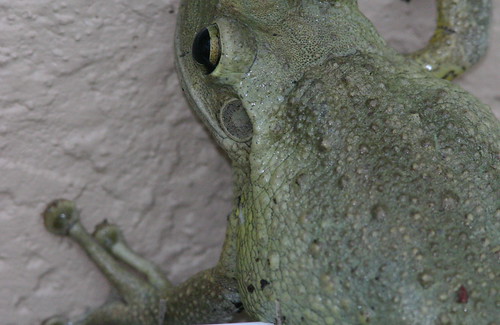
“Many people have reported that after they first noticed a Cuban treefrog in their yard, they noticed the gradual disappearance of the other frogs, toads and even lizards. That’s because Cuban treefrogs are voracious eaters — and unfortunately they eat Florida’s native frogs, toads, and lizards, in addition to insects and spiders. In fact, Cuban treefrogs are SO successful at taking over habitat and eating Florida’s native species that they are considered an invasive exotic (non-native) species — they are a threat to the biodiversity of Florida’s native ecosystems and wildlife.”












